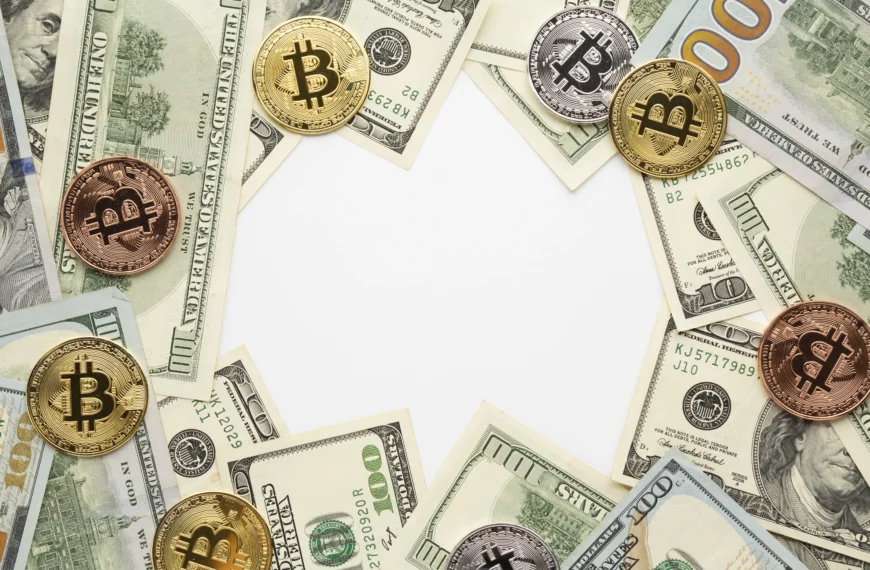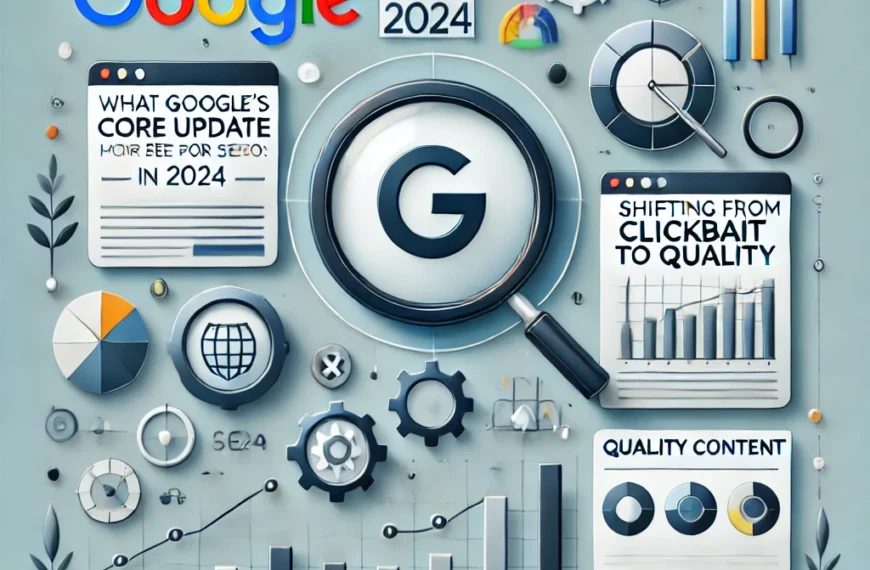Most countries got a break, but China didn’t. Find out why Trump is keeping the pressure on Beijing.
Well, if trade wars were a game of dodgeball, China just took the biggest hit while everyone else ducked behind the benches. On April 9, 2025, President Trump didn’t just throw a curveball — he launched a 125% tariff fastball straight at Beijing. Meanwhile, other countries got the equivalent of a timeout: a 90-day pause on tariff hikes. So, what gives? Why is China still firmly in the line of fire while others got a breather?
Table of Contents
The 125% Blow: What Just Happened?
Trump’s latest move was anything but subtle. While most nations breathed a sigh of relief with a cap at 10% for now, China got whacked with a staggering 125% tariff. That’s not just tough—it’s economic warfare in broad daylight.
The White House’s reasoning? A cocktail of China’s retaliatory moves, a perceived “disrespect” toward global markets, and, of course, Trump’s flair for dramatic escalation. While markets initially spiraled, this blow is laser-focused: isolate Beijing, send a message, and try to bend the world’s second-largest economy under pressure.
Think of it as the geopolitical version of going all-in at the poker table — with China’s chips still on the table.
A Pause for Others, a Punch for Beijing
Let’s state the obvious: not all countries were created equal in this tariff saga.
While Europe, Canada, and even some Asian allies caught a much-needed 90-day break, China found itself in the economic equivalent of a heavyweight boxing match. Why? Simple. Trump’s strategy appears to be “divide and conquer.”
By giving everyone else a pause, he reduces the number of fires burning at once, consolidating U.S. focus squarely on Beijing. It’s a classic political tactic: give a little relief elsewhere to rally allies, isolate your primary rival, and control the battlefield.
Also, let’s not forget — China’s retaliation game has been strong. From slapping counter-tariffs on U.S. agricultural goods to tech sector clampdowns, Beijing hasn’t exactly played nice. Trump’s latest tariff hike is his response to what he frames as China’s “economic bullying.”
Economic Pressure or Political Poker?
Now, here’s where things get spicy.
Is this genuinely about economic principles, or is Trump stacking his political deck? (Spoiler: It’s both.)
With the 2026 elections peeking around the corner, Trump is doubling down on the “America First” narrative. Nothing rallies the base quite like a showdown with China, the perennial “bad guy” in his political playbook.
But it’s not just domestic optics. The global stage matters too. Trump’s team knows that economic coercion could force China to the negotiating table—if not now, then before tensions spiral into something messier. The administration’s gamble is clear: escalate now, force concessions later.
Of course, it’s a high-risk strategy. As any poker player knows, going all-in works great—until it doesn’t.
China’s Response: Retaliation or Recalibration?
Predictably, Beijing isn’t taking this lying down.
China’s initial reaction combined defiance with strategic poise. State media called the tariffs “economic intimidation,” and policymakers hinted at a retaliatory package. Expect countermeasures targeting U.S. exports (particularly agriculture and technology), diplomatic pushes to build alliances, and possible moves in global trade bodies.

But here’s the twist: rather than simply retaliating, China appears to be recalibrating its entire approach. No longer obsessed with breakneck growth, China’s leadership is emphasizing “security” over prosperity. Translation? They’re preparing to weather this storm long-term, with supply chain diversification and homegrown innovation at the core of their strategy.
Security Over Prosperity? China’s New Game Plan
This is perhaps the most underappreciated subplot in the entire saga.
China is playing the long game. As much as Trump’s tariff hammer hurts, Beijing is not scrambling — it’s adjusting. Xi Jinping’s recent speeches have leaned heavily into themes of “resilience” and “security-first growth.” In short, China is preparing for a world where U.S. trade is no longer the lifeline.
Think: less dependence on U.S. markets, more domestic consumption, and a big push in alternative alliances (hello, BRICS+). They’re essentially building an economic fortress, betting they can outlast short-term pain for long-term independence.
Of course, this pivot comes with risks. Slower growth could spark domestic unrest or investor skepticism. But if there’s one thing China knows how to play, it’s the long game.
The Markets Weigh In: Risk, Recession, or Just Rhetoric?
Wall Street, as usual, reacted first and thought later.
When the tariffs dropped, the Dow Jones initially tanked, only to rebound dramatically after Trump’s announcement of the 90-day pause for other nations. But let’s be clear — the rally was relief-driven, not confidence-fueled.
Also Read: Are Trump’s Tariffs the Start of Another 2008-Style Meltdown?
Analysts remain split. Some see this as tough talk with limited bite (at least in the short term), while others warn that escalating U.S.–China tensions could spill over into global recession territory. If supply chains fray further and inflation gets another jolt, markets could sour fast.
For now, traders seem to be betting that cooler heads will prevail — but the margin for error is razor-thin.
Allies, Rivals, and Everyone in Between
While Trump zeroes in on China, the rest of the world is quietly recalibrating ,too.
Europe, for instance, welcomed the 90-day tariff pause but remains wary of the broader instability. Countries like India and Brazil see an opening to step into supply chain gaps left by China, while Russia is predictably fanning the flames, calling the tariffs proof of U.S. economic aggression.
What’s telling is how many countries are choosing silence over sides. The global consensus? Wait, watch, and prepare for turbulence.
For allies, the pause offers breathing space. For rivals, it’s an invitation to deepen ties with Beijing. And for everyone else? It’s a reminder that the global economy is a tightly interwoven net — pull too hard, and the whole thing risks unraveling.
Final Thought: A Trade War or a Global Power Play?
So, where does this leave us?
At face value, it looks like another chapter in an exhausting trade war saga. But dig a little deeper, and you’ll see something bigger unfolding: a struggle not just over tariffs, but over who gets to write the rulebook for the 21st-century global economy.
Trump’s tariff blitz against China is about more than trade deficits. It’s about technological supremacy, ideological rivalry, and geopolitical muscle-flexing. Beijing knows it. Washington knows it. And increasingly, so do the markets.
The real question isn’t whether this will end soon (spoiler: probably not). It’s whether this marks the beginning of a new economic order — one where power isn’t just measured in GDP, but in resilience, alliances, and the ability to withstand storms like this.
For now, investors, businesses, and everyday citizens would do well to buckle up. Because in this high-stakes game of economic poker, the final hand hasn’t been played yet.












